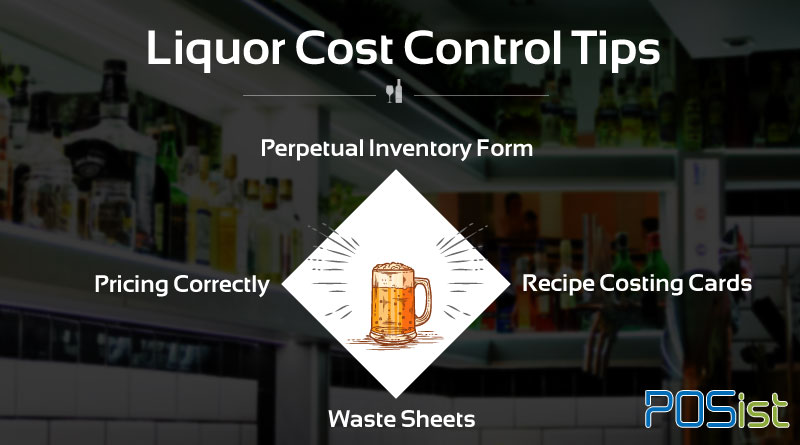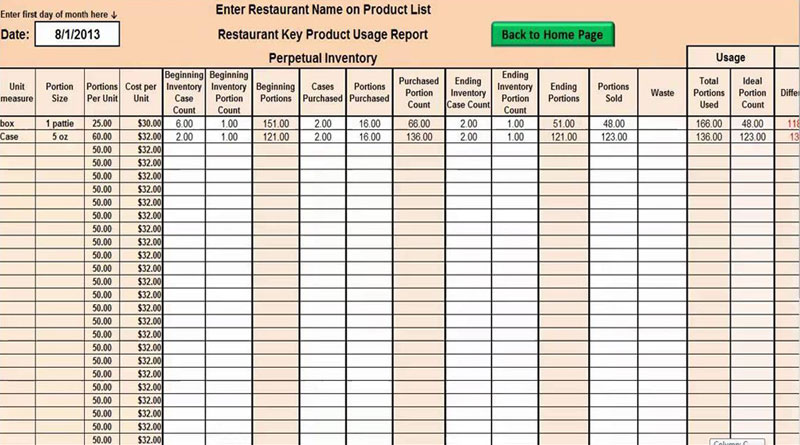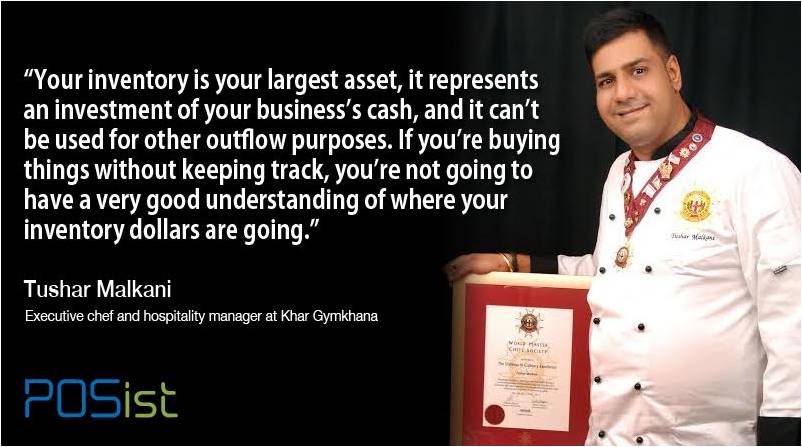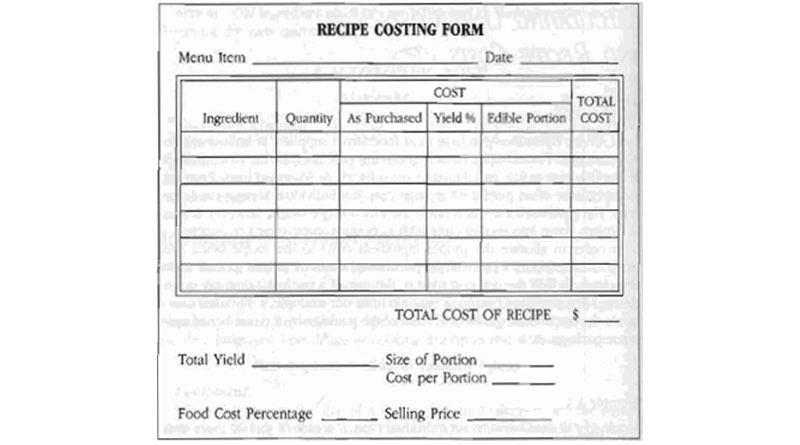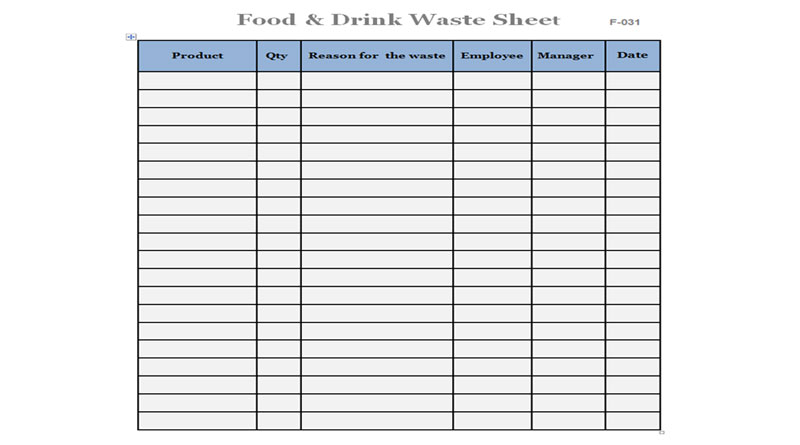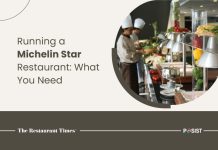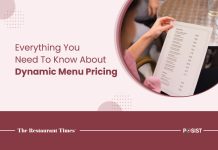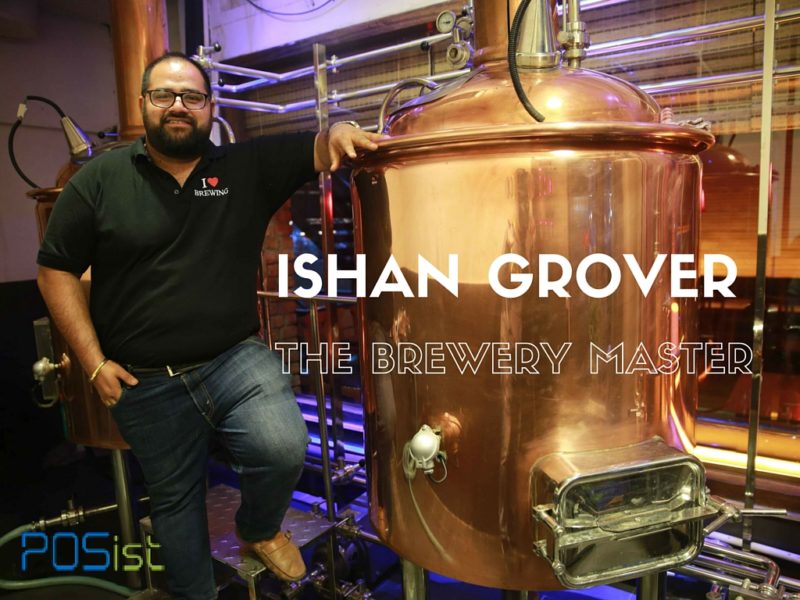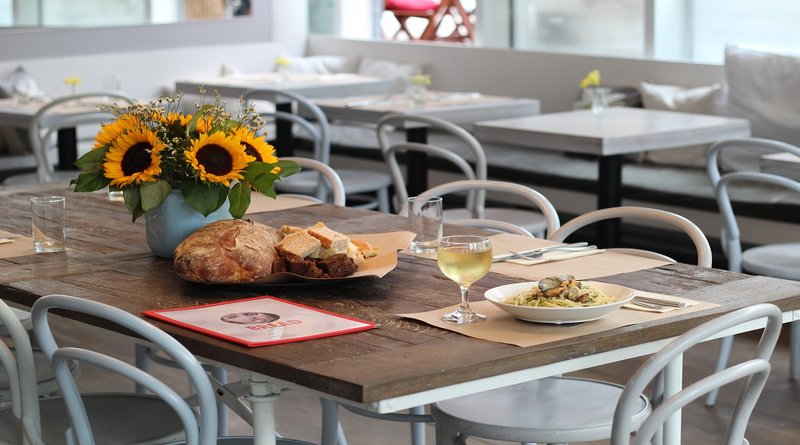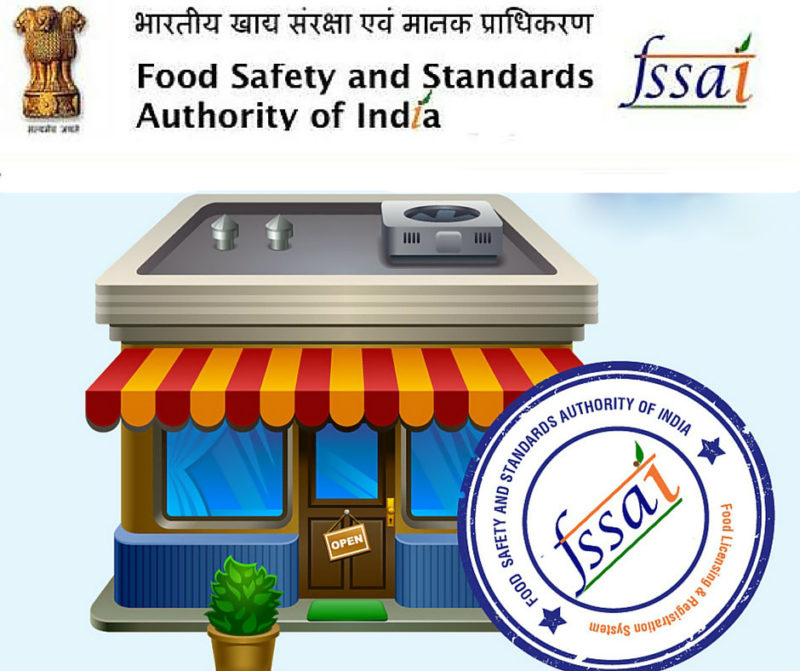Cost is that 4-letter word that just about every restaurant owner and operator dislikes. Finding effective ways to cut them that will help your restaurant business to flourish has been, for some, a never-ending battle. Liquor Cost Control is vital to any restaurant’s and bar’s profitability. Without systems in place, it is just too easy to lose money from behind the bar. For example, many a time, your bartender may accidentally or purposely over pour a drink. Apart from that, there are always chances of breakage, spills, or theft. No matter where the losses come from, it’s costly! Read this detailed guide for complete Food and Beverage Cost Control.
Major Factors To Consider For Restaurant Liquor Cost Control
Before understanding how to control your liquor cost, you need to understand what the major factors that go behind different techniques of liquor cost control are. There are different elements that impact your liquor cost. These are:-
- Price
- Purchase Price
- Portioning
- Promotions
- Product Mix
- Shrinkage
An effective liquor cost control requires you to optimize each of these elements mentioned above. But to do that, you must first understand how these elements affect your liquor cost which has a direct connection to your restaurant business’s overall profit. There are a couple of ways to control your food and liquor costs.
1. Price
The price you charge for each drink will significantly impact your liquor cost in a great way. The higher the price of each drink, the lower will be your liquor cost. If your goal is to have the lowest possible liquor cost, then charging more for each drink would be a good way to achieve your desired outcome. However, your ultimate goal should be to maximize the profit of your restaurant business, not to have the lowest possible liquor cost which is why this cost control technique is rarely used. To achieve this goal, you will need to make some strategic decisions regarding your pricing.
It is essential to understand the relationship between margin and volume. Having higher-priced drinks may lower your liquor cost, but it may also drive customers to more affordably-priced bars in town. A meager liquor cost does not do you much good if you are not selling many drinks. By lowering your prices, you are more likely to increase your sales volume. Your goal is to determine the right price point to balance sales volume and liquor costs to maximize profitability. This is an example where managing your profits requires a more holistic approach than simple liquor cost management.
For Liquor Cost Control a good beverage menu planning and menu engineering are required.
2. Purchase Price
In general, you might have limited control over your purchase price since your liquor distributors set it. However, this does not necessarily mean you should ignore the purchase price in all. Always you should be on the lookout for case discounts which may lower your purchase price. Also, if you can negotiate a better price with your liquor reps, you will save money on the products you sell. These tricks can help you lower your purchase price, which will ultimately lead to reducing your liquor cost. Remember that effective liquor cost control requires trying to maximize each separate component.
3. Portioning
The portion size you give your customers will directly impact your liquor cost. For example, using a 1.25 oz. Pour size instead of a 1.5 oz. Pour size will result in 1/6 less liquor in each drink. This will make your liquor cost 1/6 lower than the estimated amount.
Either of these pour sizes is perfectly fine to use as your standard. But you must make a conscious, strategic decision about which size will best maximize your profits and in turn, will boost your restaurant business.
Train your staff to use proper measuring glass and equipment; this will help them to portion drinks properly. Read the importance of Portion Control in restaurants here.
4. Promotions
Promotions such as Happy Hour deals, drink specials, or giving away free drinks can be a great way to attract customers to your bar. Just keep in mind that these discounts will raise your liquor cost. As with pricing and portioning, you must make strategic decisions with your promotions as well, to ensure they help improve the profitability of your bar.
It is best to choose promotions that will bring new business to your bar instead of ones that will offer existing customers cheaper drinks. Promotions that attract new customers will increase your sales volume and therefore your profits, while ones that fail to bring in new business will increase your liquor cost without boosting profits.
5. Product Mix
The term product mix refers to the different categories of products offered at your bar and plays a significant role in liquor cost control. These can include:
- Bottled Beer
- Draft beer
- Liquor
- Wine
Your liquor cost is a blended average of the prices of all the different products sold within a given category. For example, Coors often has a lower cost than the Sierra Nevada. Therefore, if you sell more Sierra Nevada than Coors in a week, your liquor cost will be higher, than if you sold more Coors than the Sierra Nevada.
6. Shrinkage
Shrinkage refers to the amount of product that gets wasted or given away. It can have a significant impact on your liquor cost. If you are over-pouring drinks, wasting beer, or giving away a large number of drinks to customers, you are not hitting your intended cost goals for these drinks. Therefore, it is imperative that you take steps to minimize shrinkage at your bar as much as possible. This element of liquor cost control is often overlooked even though it can have a significant impact on your profits.
Calculating Liquor Cost
You can calculate the liquor cost with the help of the liquor cost formula. You need to add the Opening Inventory the liquor you had at the beginning of the week), and the Purchases (what you purchased during the week), subtract the Ending Inventory (what remained at the end of the week) and divide it with the Sales during the week.
(Opening Inventory + Purchases – Ending Inventory) / Sales
Liquor Cost Control Techniques
As a restaurant or bar owner, now you may ask, “How to control beverage (liquor) cost.” After all, the liquor cost control techniques which you implement will have a direct effect on your profitability. Boost your restaurant business by following these simple steps which will help you to reduce your liquor cost.
1. Perpetual Inventory Form
To help you start to control your liquor costs and make your returns more profitable, turn to the Perpetual Inventory Form. A Perpetual Inventory Form is a simple clipboard system that is placed in your liquor room to control and track every bottle as it is placed into or removed from stock. The form can also aid in setting up accurate ordering par levels for your fast-moving liquors to a great extent.
How to Create and Use the Perpetual Inventory Form For Liquor Cost Control
You will have to create a table or a chart with the 11 columns (vertical) and as many rows (horizontal) as you have brands of liquor. Label the columns as follows-:
- Brand of liquor
- Beginning inventory
- The days of the week that you are open
- Purchases
- Ending Inventory
- The rows will be your brands of liquor
Either Sunday night after you have closed for business or Monday morning before you have opened for business, you must take note of everything that is on the shelves in the liquor closet, or write that number in the Beginning Inventory column.
As your restaurant operates and bottles of liquor are emptied, a bartender needs to find the manager and hand the empty bottle to trade for a new bottle from the liquor closet without fail.
Never give your liquor room keys to a line employee. This will create an opportunity for theft and misappropriation. The manager should be the only person to have access to the liquor closet. This is the best way to keep honest people honest!
For efficient liquor cost control, in this technique, the manager will go to the liquor closet, get the bottle for the bartender, and mark down how many bottles were taken. The manager will write the amount in the row for the brand of liquor taken and in the column, for the day of the week, it was taken. Then the manager puts the empty bottle in a milk crate on the floor of the closet.
If you do not have a replacement bottle for a bottle of liquor that the bar needs, leave the empty bottle on the shelf where the backup would live. If the manager placing the order sees the empty bottle on the shelf, he or she will know that its demands are higher than the normal rate.
When a delivery is made, the manager responsible for checking in the order will place the bottles on the shelves and write in what was checked in under the Purchases column in the appropriate row.
At the end of each night, the closing manager enters the liquor closet and verifies every empty bottle in the crate that has been marked as taken that day. If it matches, the manager then throws the empty bottles away. If it does not, the manager has to investigate whether any of the other managers did not follow the system, or if there was an internal theft.
In the right margin next to the ending inventory column, write the total for all of the bottles that were taken out of the liquor closet. This number shows your use for all of your fast movers. It can be a great guide to setting pars and ensure that you order correctly.
As you can see, this is a very simple bottle-in-bottle-out system. It is a clipboard system and can be implemented almost immediately. Add to this system a policy that no managers share their keys with line employees, all backup liquors must be in a locked liquor room/closet/cabinet and that this system must be strictly followed, and we promise you the opportunity for bottle theft falls dramatically. You will see a major drop in your liquor costs very quickly.
2) Correct Liquor Pricing
Whatever you do, never start ordering poor quality substitutions. People who come to your restaurant or bar on a regular basis have come to expect a certain level of quality and they will notice the changes. Increasing the costs of liquor suddenly and disproportionately will have negative impacts on the status of your bar, which will help you gain negative reviews and which in turn will be disastrous for the reputation of your bar. Instead, make small, incremental price increases. It will not take much and this, in turn, will bring a long-lasting positive impact for your restaurant business.
3) Recipe Costing Cards
Create a recipe costing card for each of your bar drinks (and any food you offer). These cards would include every detail relating to every liquor, these come down to the single pieces of garnish. Making these cards and training your staff on how to use them eliminates waste and over-pouring. Plus, it provides a great training tool for new bartenders and other staff who do not have enough experience.
For your bar’s convenience, we have below given a few examples of how your recipe costing card must look like, following which it can help not only to reduce any wastage in your bar but will also ensure that your liquor costs have reduced considerably.
4) Waste Sheets
All causes for waste are avoidable and are a direct result of a lack of cost control management and training. Waste includes drinks that are made incorrectly, spilled drinks, and spoiled ingredients. The waste sheet includes what the item was that it was wasted, why it was wasted, and how much that waste costs. Keep track of what gets wasted and you will see a drop in waste, along with an automatic drop in your pour cost. Below we have given an example of how your waste sheet must look, which will help you to keep track of what got wasted and will also help you to reduce the wastage of the same item in the future.
Liquor has a high-profit margin, which makes it a lucrative option for restaurant owners. However, maintaining the liquor inventory and keeping the liquor costs in control is also tedious. We hope that after reading this, all your apprehensions regarding liquor and food cost control have been cleared, and now you are ready to increase the profits of your bar organically!


